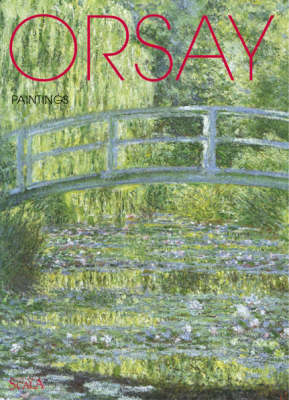The Musee d'Orsay, located at the heart of Paris in a former railway station across the river from the Louvre and the Tuileries, has attracted thousands of visitors daily since it opened in 1986. It is a national museum devoted to the art of the second half of the nineteenth century and the early years of the twentieth, between the emergence of realism in 1848 and the beginnings of fauvism in 1905. While it covers all fields of artistic creativity, the museum owes much of its fame to its Impressionist collections, formed over more than a century, and the masterpieces of Manet, Monet, Renoir, Gauguin, Van Gogh and Toulouse-Lautrec. However, they hang close to the late works of Corot, Ingres and Delacroix, while Courbet unquestionably emerges as the initiator of the Impressionist avant-garde. The upholders of tradition, the advocates of official, academic or naturalistic art, are also exhibited, in the form of paintings by Cabanel, Cormon and Bastien-Lepage. Works acquired in recent years have made it possible to improve the representation of the French school, especially for artists such as Bonnard and the Nabis.
But the Musee d'Orsay does not disregard foreign schools, and a special effort has been made to supplement a collection initiated around 1890. Alongside Whistler's masterpiece Portrait of the Artist's Mother we now find major works by Burne-Jones, Bocklin, Klimt, Munch, Hodler, Hammershoi and many others. After an introduction which outlines the history of the collections and explains the chronological approach, the authors of the work - curators at the museum - analyse the pictorial creative output of this wonderfully rich and diverse period.
- ISBN10 2866563379
- ISBN13 9782866563370
- Publish Date 1 January 1999
- Publish Status Out of Print
- Out of Print 21 July 2009
- Publish Country GB
- Imprint Scala Publishers Ltd
- Format Paperback
- Pages 168
- Language English
